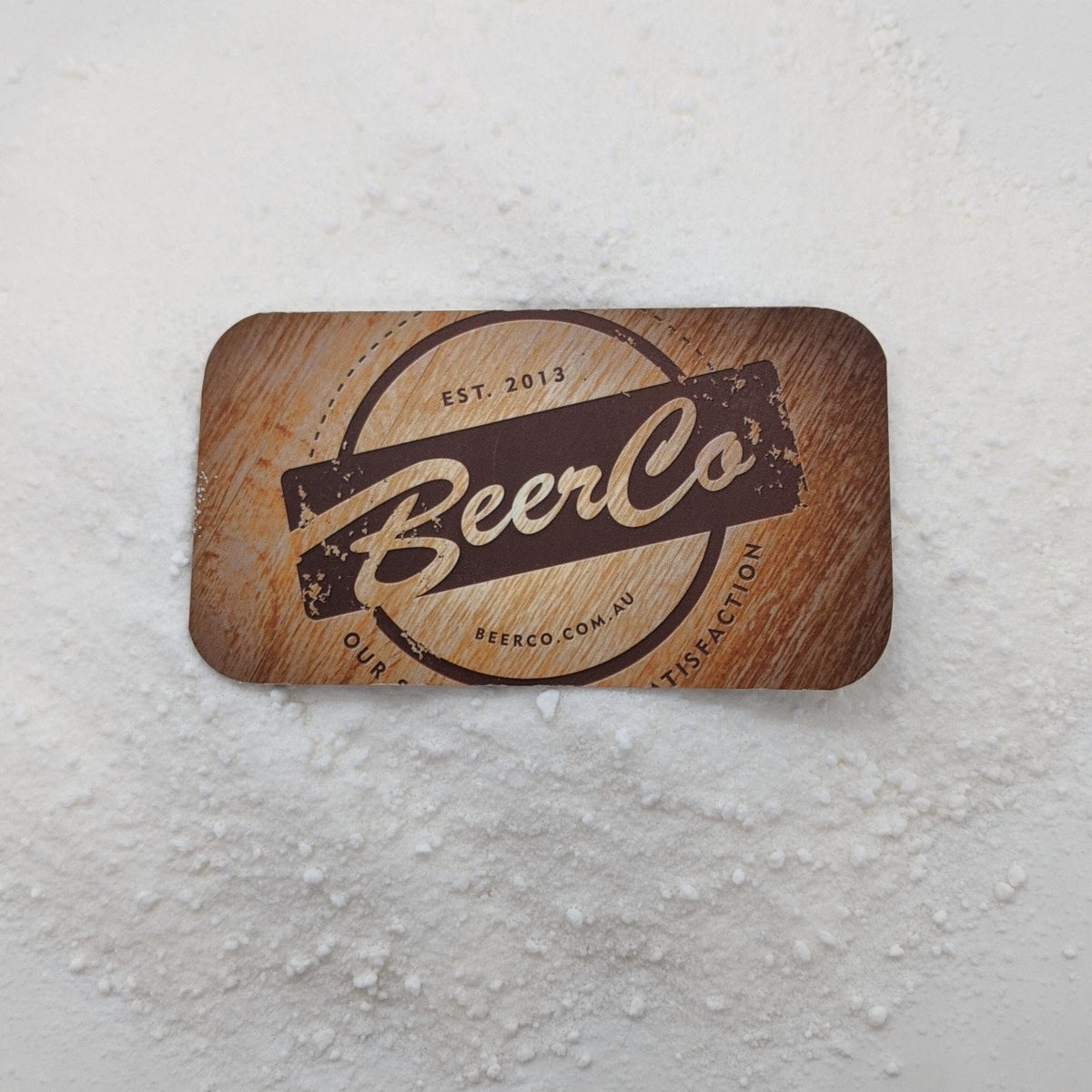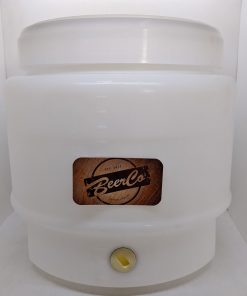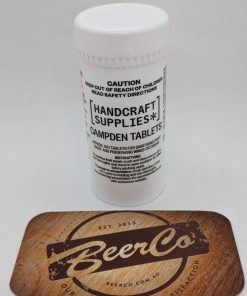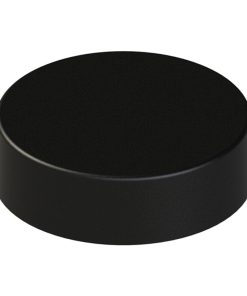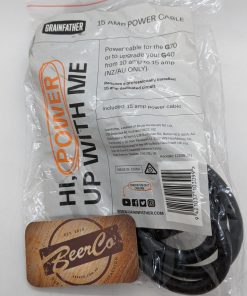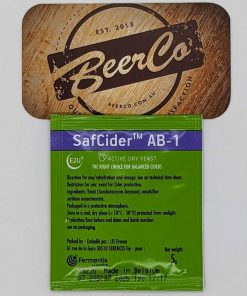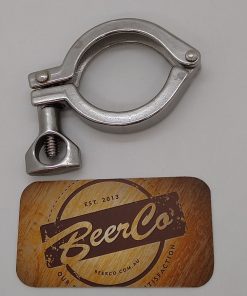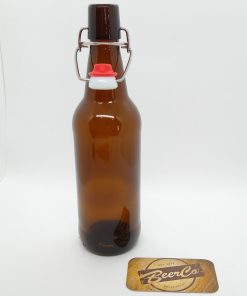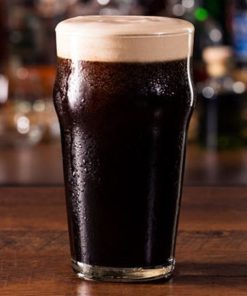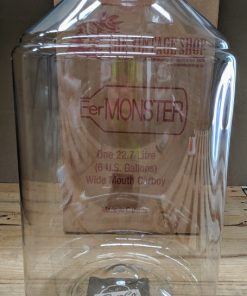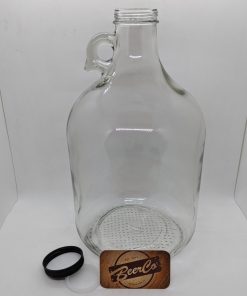Malic acid originated from Europe in 1785 when it was first isolated from apple juice. Malic acid is the main acid in many fruits including grapes, peaches, and pears helping with their distinct taste. Malic acid itself tastes tart and sour. In beverages, malic acid helps provide the tart taste and balance the pH. Malic acid is great because of its ability to dissolve quickly in water which allows it to be used with other additives in a lot of different foods.
Malic Acid used in the production of wine, beer, and cider, malic acid is used to regulate the pH and total acidity. The pH of a solution is the measurement of free-floating protons at a specific time. When you begin to consume a beverage and it is in your mouth these protons will bind to your taste receptors, lowering the total number. This will cause more protons to leave the acidic compound and bind with your taste receptors. So, TA is the total number of these protons that could interact with your mouth. This is important when designing the perfect beverage and that is why Malic acid is commonly used to ensure that you have just enough acidity. Now, there are many methods of use in the beverage industry but it is the most common choice for cider making because of its apple origins and its sour green apple taste.
Malic acid is the most common acid among all fruits. Malic acid has a more prolonged sour sensation, which increases its apparent sourness. In winemaking, excessive acidity can be reduced through malolactic fermentation, which converts malic to lactic acid.
Malic acid has a more prolonged sour sensation, which increases its apparent sourness.
Pack Sizes:
- 450g Plastic Tub
- 1 Kg Bag (SAVE 18% OFF 450g Price)
- 5 Kg Bag (SAVE 15% OFF 1Kg Price)
- 15 Kg Bag (SAVE 14% OFF 5Kg Price)
Malic Acid use in Hard Seltzers:
A small amount of citric or malic acid may be added to accentuate the fruit flavor and to make a final pH of 3.1. This low pH will render the beverage contribute to the biological stability of the beverage.
Malic Acid use in Winemaking:
So why would one use malic acid when brewing wine? It’s a very handy compound for reducing the pH level of wine.
All good brewers know that both beer, cider, and wine need to be within certain pH level otherwise, the tasting experience will be horrible. The acidity works to counter the sweetness and bitter components of the wine such as tannins.
When do I add acid to the wine?
Malic or tartaric acids may be added either before or after primary fermentation.
They can also be added during any blending or aging periods, but the increased acidity will become more noticeable to the drinker.
How much malic to add to the must?
It’s a general rule of thumb that 3.4 grams per gallon will adjust the acidity by +.1%.
It will lower pH less than tartaric acid will which is why some wine makers prefer to use that acid.
Malic Acid Use in Brewing:
3.4g per gallon adjusts acidity by +.1%. It will lower pH less than will tartaric acid. Malic acid is the acid found in apples and is therefore the best choice for adjusting ciders.
